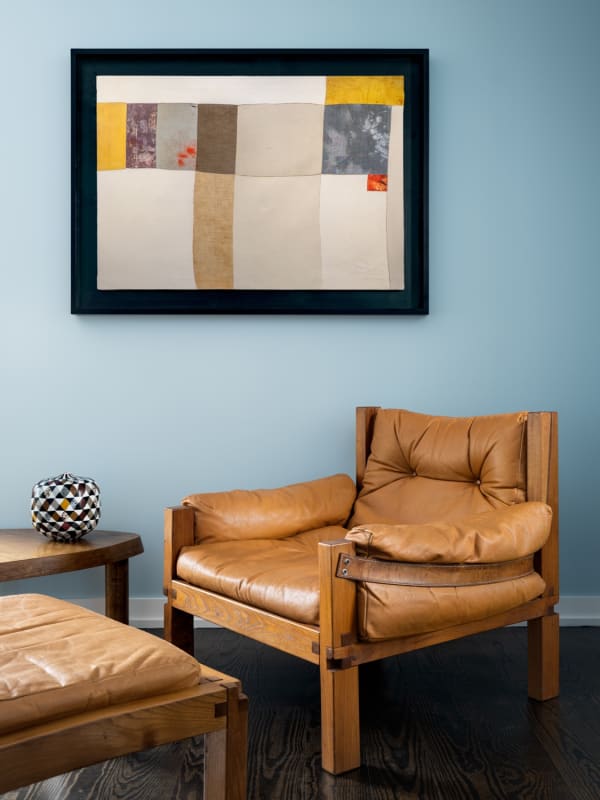Nuvolo | Chapo
-
Installation Shots
-
Video
-
Nuvolo | Chapo
Nuvolo
Nuvolo (b. 1926, Città di Castello, Italy; d. 2008, Città di Castello, Italy) was an Italian painter and pioneer of screenprinting techniques. Born in Umbria to a family of printers, he participated in the Resistance in World War II, where he gained his nickname “Nuvolo,” Italian for “cloud”. Following the war, Nuvolo moved to Rome where, in Alberto Burri’s studio, he began to develop his own artistic practice, under the influence of artists who shared his interest in a progressive departure from the use of the paintbrush toward an engagement with unconventional materials and techniques. In 1955, the poet Emilio Villa organized Nuvolo’s first one-person gallery exhibition. His work was subsequently promoted by some of the most prominent gallerists in Italy, including Peggy Guggenheim, who acquired some of Nuvolo’s works and bequeathed a selection of them to major U.S. museums. In 1979, Nuvolo became Chair of the Academy of Fine Arts of Perugia, a position he held until 1984. In 2015, Nuvolo’s family established the Archivio Nuvolo to safeguard his legacy, and donated some important works to the Pinacoteca Comunale, Città di Castello.
Pierre Chapo
Born into a family of craftsmen, Pierre Chapo (b. 1927, Paris, France; d. 1987, Gordes, France) was originally interested in painting but was introduced to woodwork when he met a shipbuilding carpenter in 1947. He studied architecture in Paris and then traveled with his wife Nicole through Scandinavia and Central America in the early 1950s, and later worked in the United States for a year. His visit to celebrated architect Frank Lloyd Wright’s famed home and school Taliesin West during this time had a lasting influence on Chapo’s creative development.
In 1956, Chapo and his wife returned to France and set up his workshop, creating chairs, tables and benches that were both utilitarian and aesthetically pleasing. In 1958, they opened the Galerie Chapo in Paris, where Chapo sold his own work and pieces by other craftsmen such as Isamu Noguchi, with whom he shared a sculptural and organic approach to design. He also worked on projects with fellow designers Charlotte Perriand, Serge Mouille and Georges Jouve. In the late 1960s, Chapo and his wife moved to Gordes, near Avignon in Provence, and started their furniture business, producing Chapo’s own bold, rugged designs anchored in tradition with a distinct sense of proportion and complexity of execution. At the crossroads of art, design, and craftsmanship, his body of work occupies an important place in major post-war private collections.








